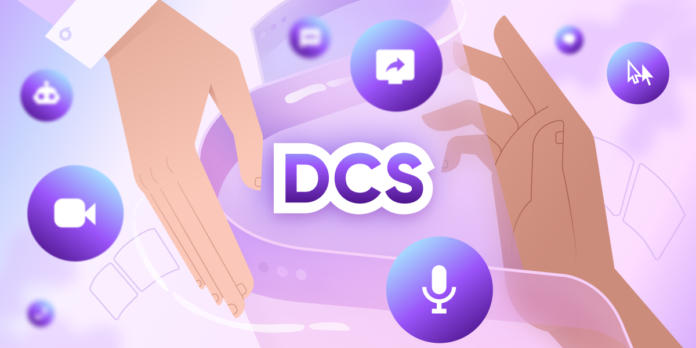For decades, the insurance industry has been known as a relationship business. Policies were bought and sold by local agents, someone you may bump into at the grocery store or bank. If you needed a policy change or new coverage, you swung by the local office.
As the industry has undergone a digital transformation—undoubtedly accelerated by the pandemic—how insurance companies interact with customers and agents is changing. More and more these interactions are happening digitally. Relationships and the human touch is still critically important to a positive customer experience, but how that interaction happens is rapidly evolving.
This digital customer and agent experience has emerged as a top business differentiator. Carriers must evaluate how they’re supporting their customers and agents today and what that looks like in the future.
Provide Human Assistance at the Point of Sale
Influenced by the convenience of online shopping in other industries, more customers are going directly to insurance carriers via their website and other digital channels. The problem is the majority of carriers selling direct today are inefficient at turning web visitors into customers. The average abandonment rate for online sales processes for insurers sits around 75%.
Insurance companies are spending millions of dollars in advertising to drive consumers to their website, but many are not optimizing the customer experience once the customer visits the website. As a result, the money invested in driving those leads isn’t leading to the ROI it could be with a better digital customer experience.
Carriers have an opportunity to infuse the human touch at the point of sale, even in instances where the prospective customer has bypassed the traditional agent channel to buy directly from the carrier. While consumers enjoy the convenience of self-service, the reality is most still prefer to talk with an expert before purchasing a policy that’s designed to protect their most important assets. Even among the youngest insurance consumers, there is a desire to talk with an experienced sales rep.
In some instances, insurers are attempting to fulfill this need through chat or a call center. The trouble is, these approaches often don’t lead to a positive experience: the rep is given no way to directly see the issue the applicant is stuck on, forcing them to verbally explain the problem in and the service rep to guide them blindly through it. These siloed channels where the sales rep has no visibility into where the buyer is in the process oftentimes leads to a frustrating experience and the consumer abandoning the process for a competitor.
With Glia’s Digital Customer Service platform, though, carriers can engage consumers at the point of sale in the channel of their choice—chat, audio or video—and seamlessly move between them as needed. Further, with features like Live Observation and CoBrowsing, the sales rep has full visibility into where the buyer is in the digital journey and can collaboratively help them navigate the form to ensure completion.
Similar tools can assist individual agents in placing more business for carriers. These solutions enable agents and underwriters to collaborate in real time to accelerate the quote-to-bind process from days or weeks to just minutes.
Digital Engagement at First Notice of Loss (FNOL)
Just as digital sales are becoming more common, filing a claim through an insurer’s website or mobile app is also gaining momentum, even among older generations. A 2021 Global Insurance Consumer Study by Accenture found older consumers showed an increasing preference for digital claims, with 71% saying they would like the internet chat/video insurance claim process to replace the traditional in-office claim process.
The customer experience during a claim is critical to policyholder retention. As this process moves digitally, insurers must consider how they’re supporting claimants online when they need them most. Simply adding a digital FNOL form isn’t sufficient. FNOL forms can be complex, leading to a number of questions from the policyholder and forcing them to dial into a generic call center for support is a poor and disconnected experience.
Carriers must layer on digital engagement channels to fully support the claimant’s form submission. Adding digital-first communication channels, along with CoBrowsing, enables carriers to provide seamless assistance while remaining in the digital platform where the policyholder’s need arose.
Communication channels like voice and video allow reps to engage in best practice for claims management. These tools enable reps to show empathy and bring a personal aspect to the conversation, such as at a time when the claimant has suffered a loss.
Introducing these Digital Customer Service features in the claims process has been found to increase accuracy and completeness of FNOL forms, leading to fewer calls per claim and improved policyholder satisfaction.
To learn more about how carriers are adding the human touch to digital interactions with Glia, read our success story with a top 10 insurer.





